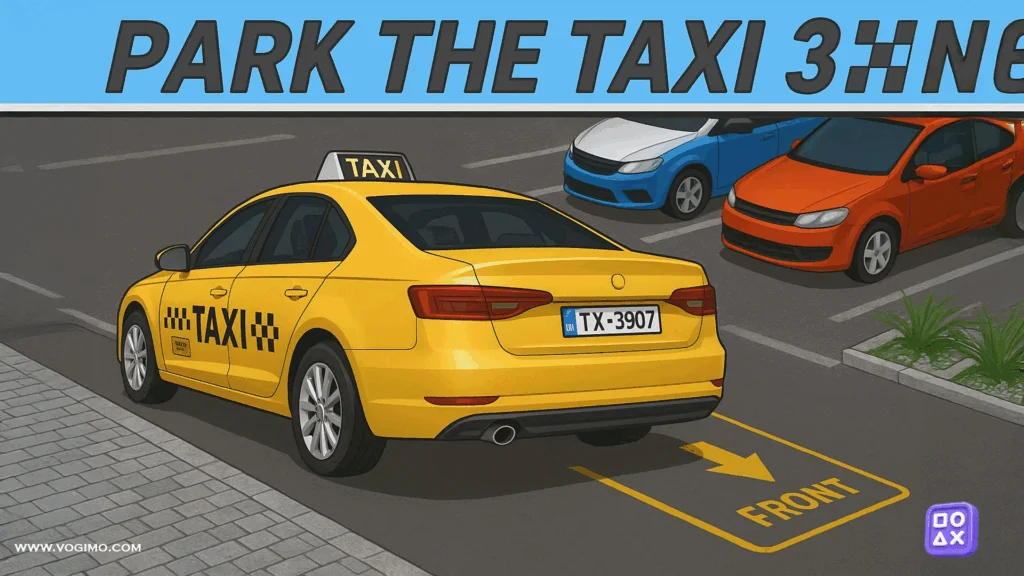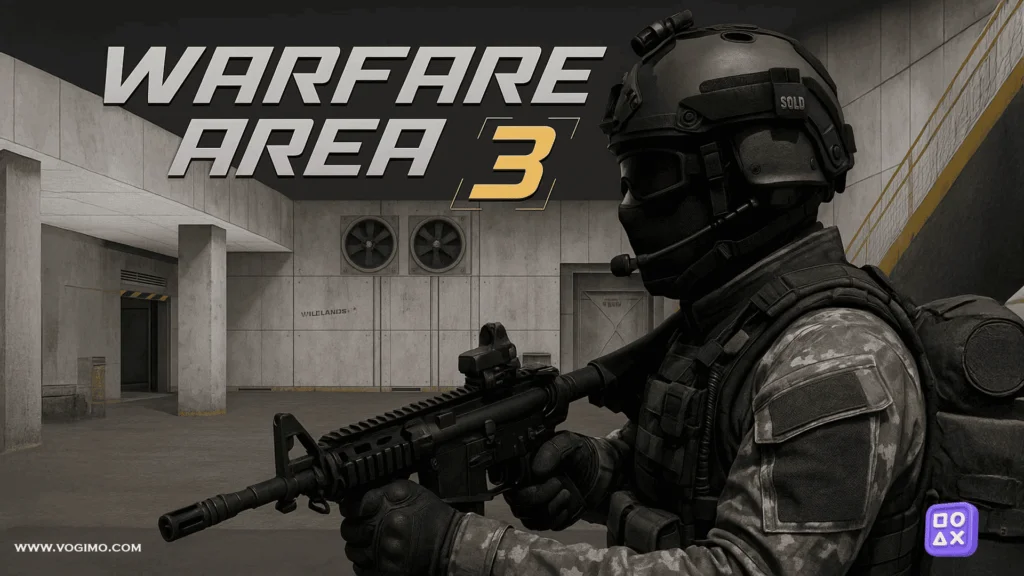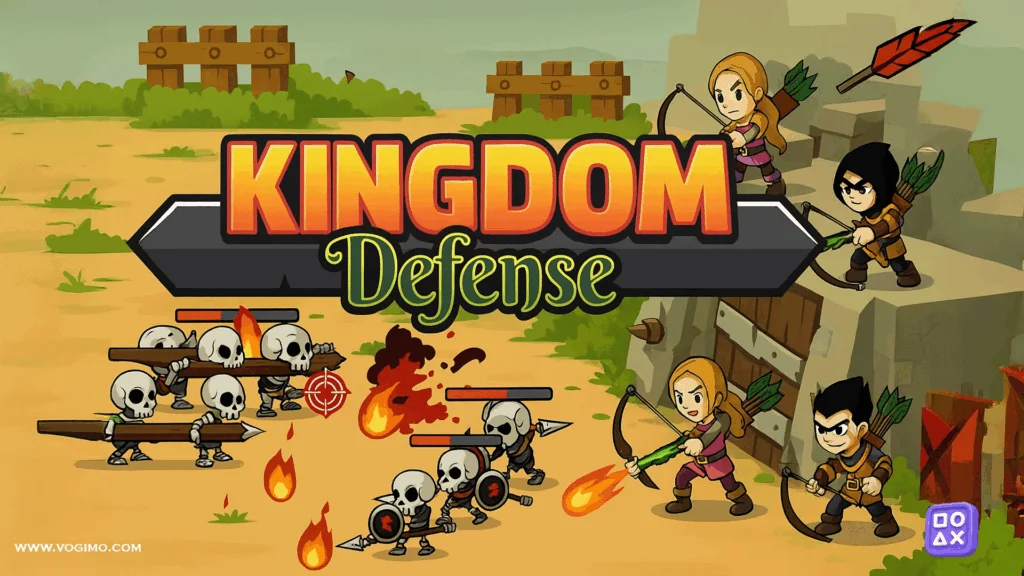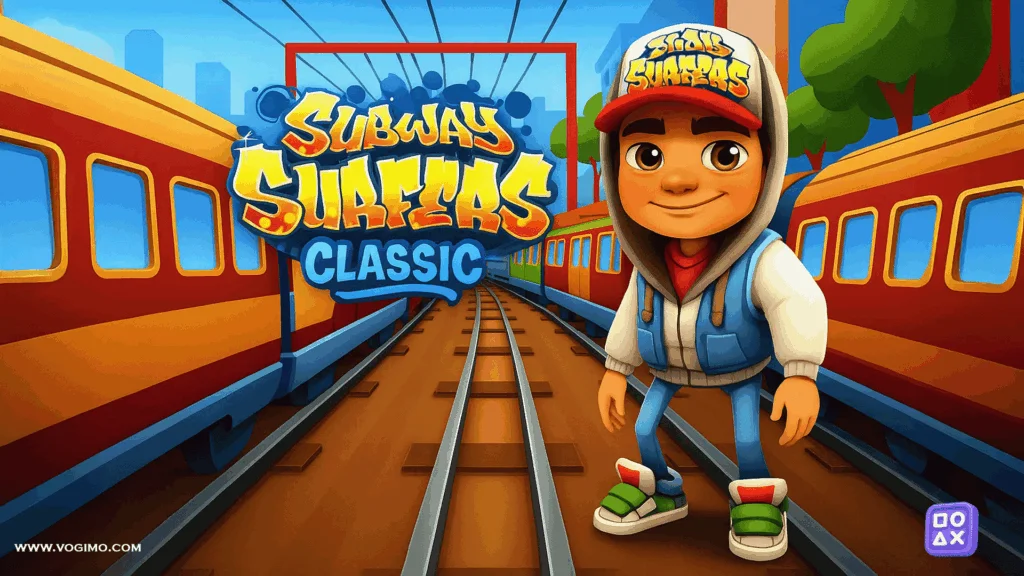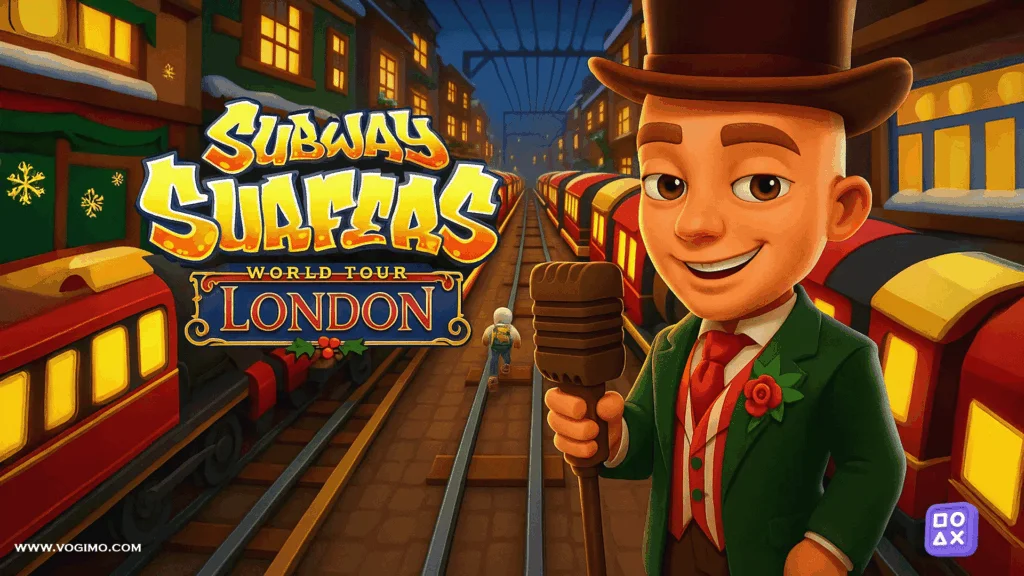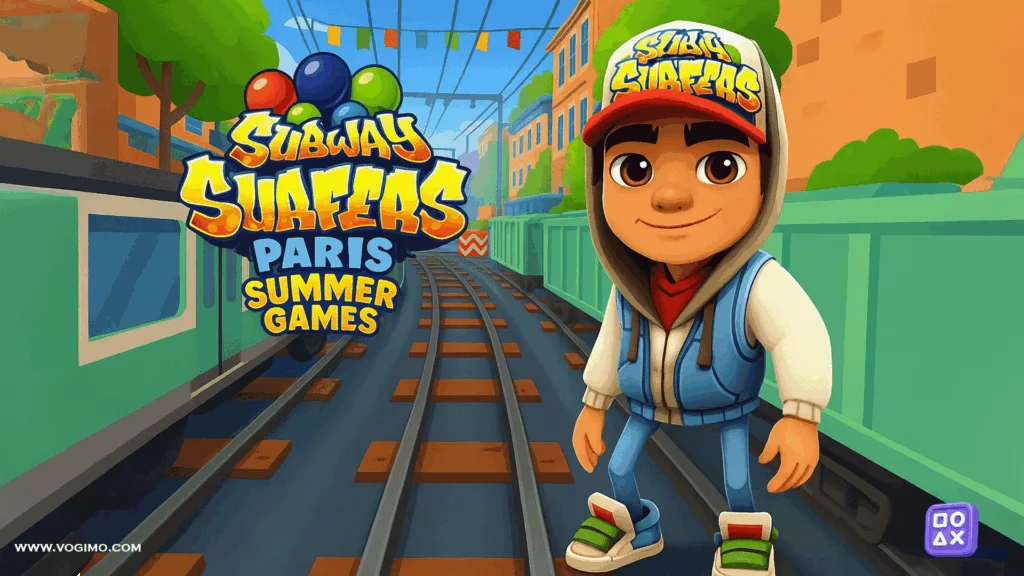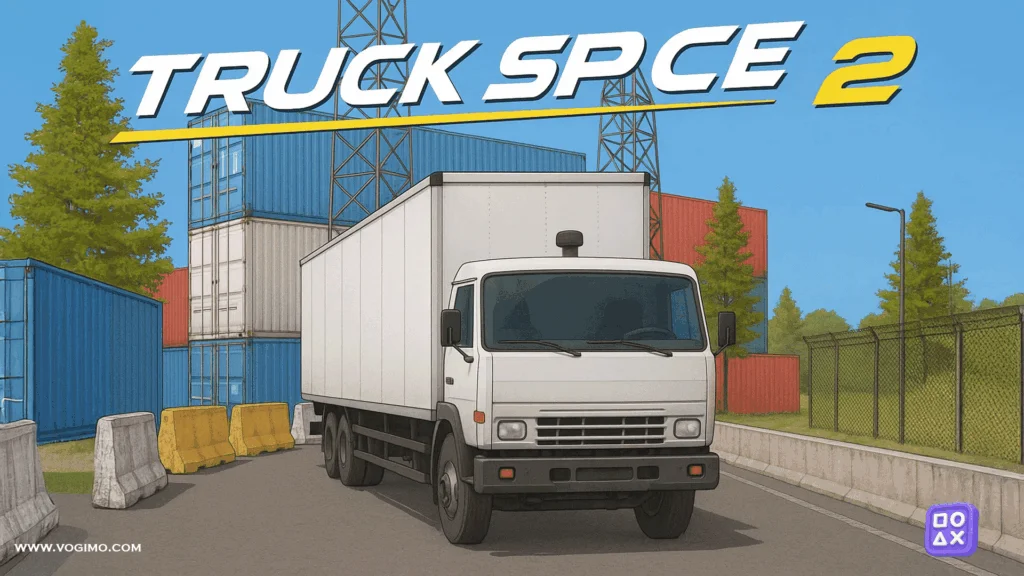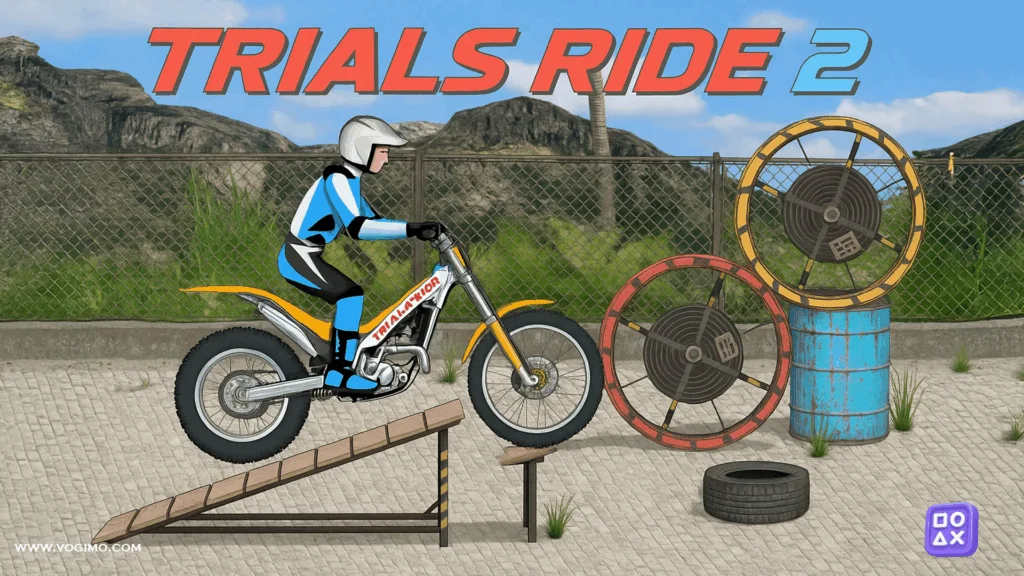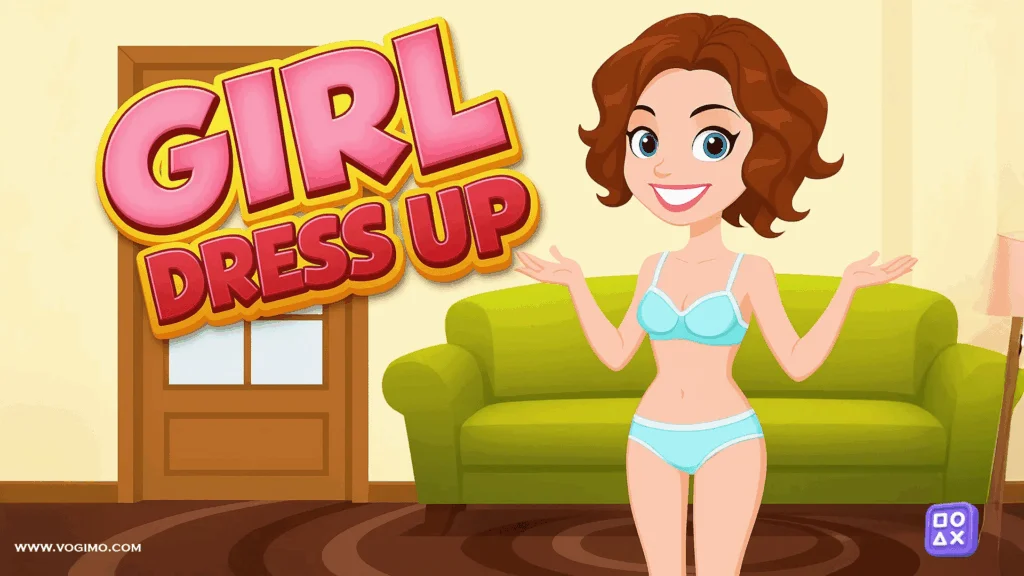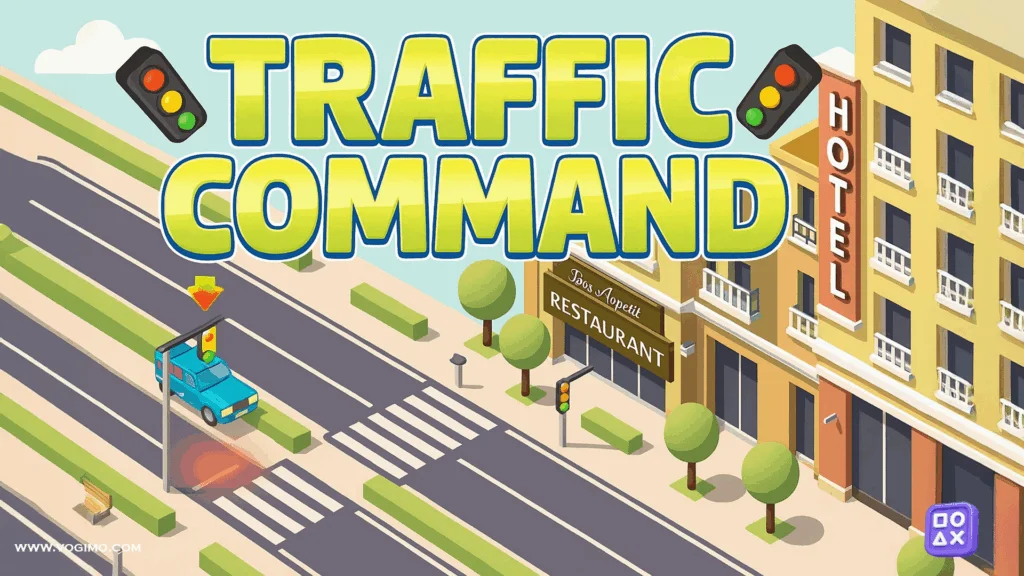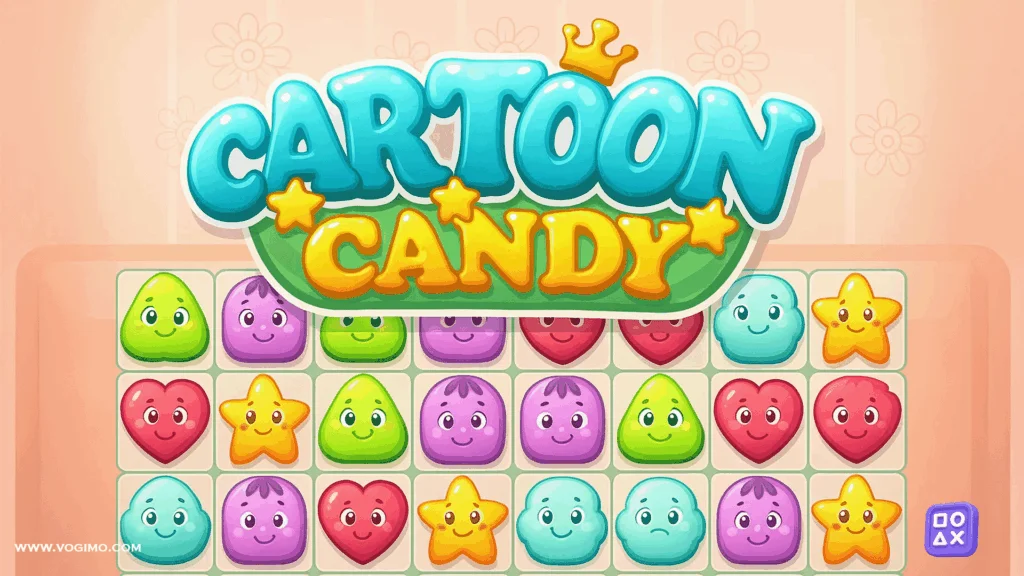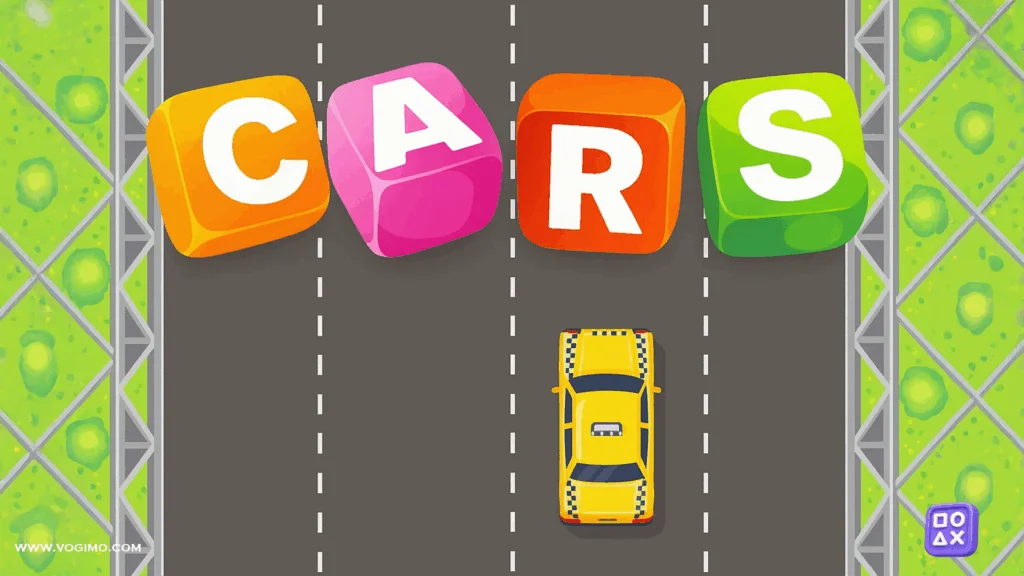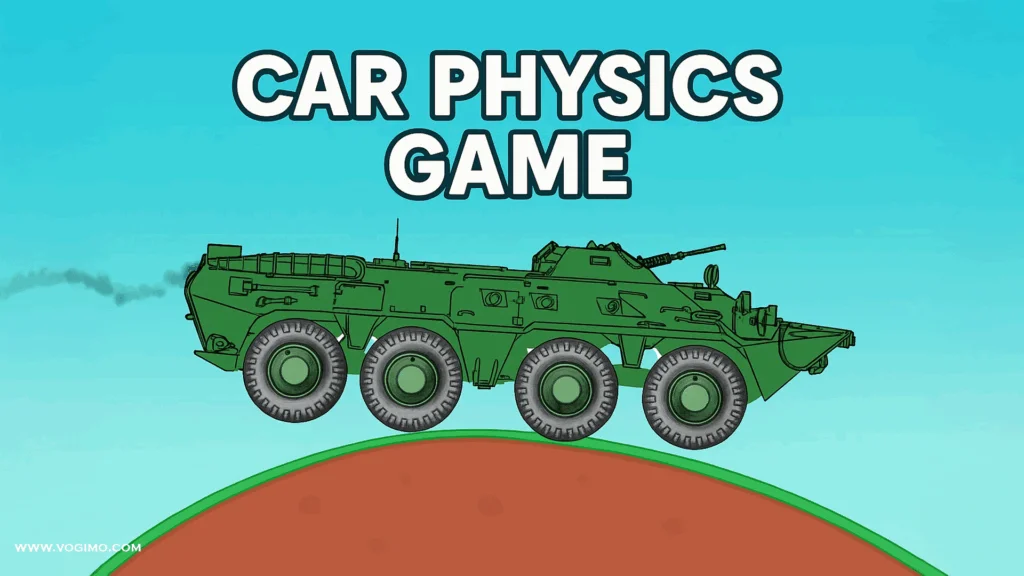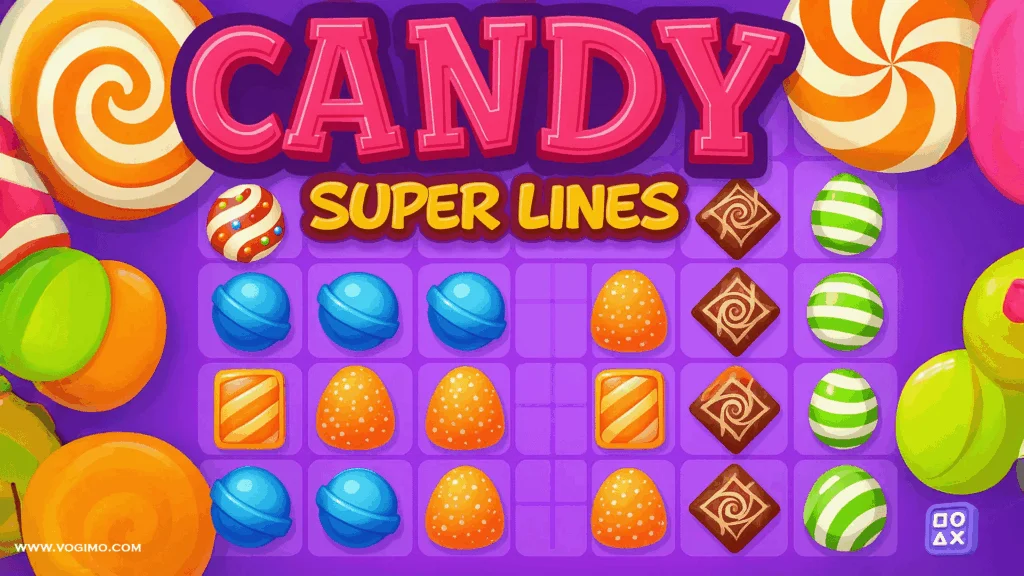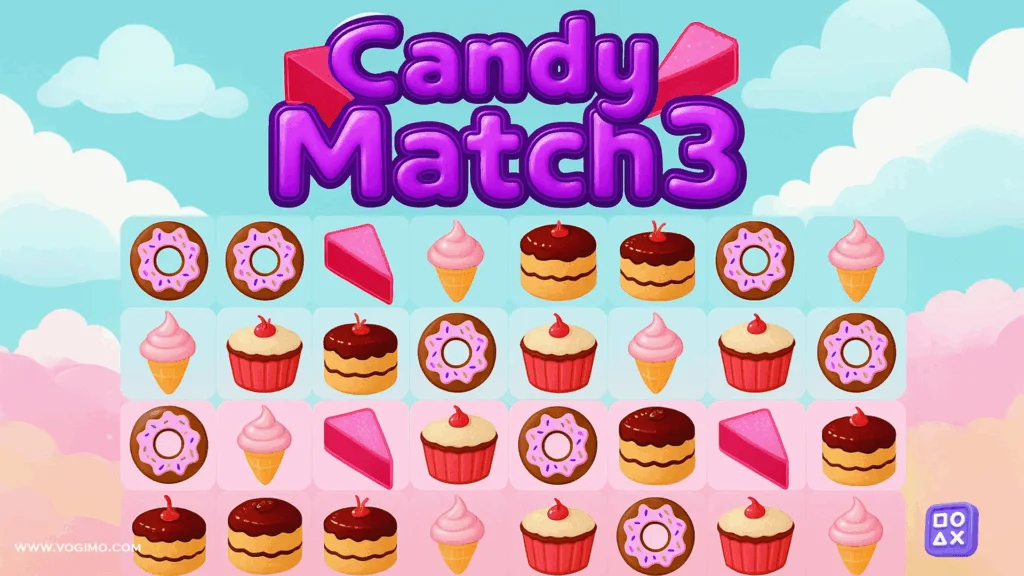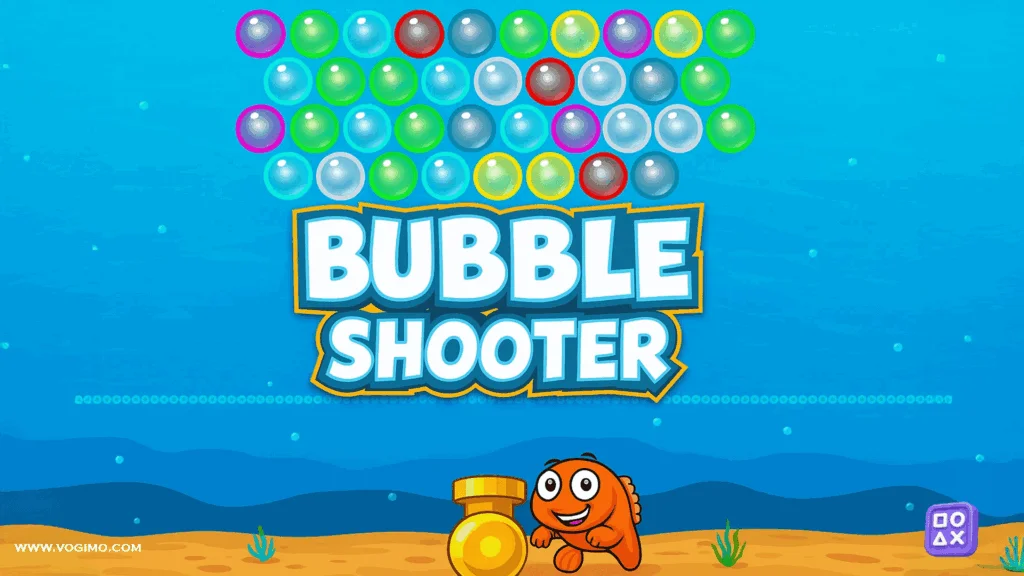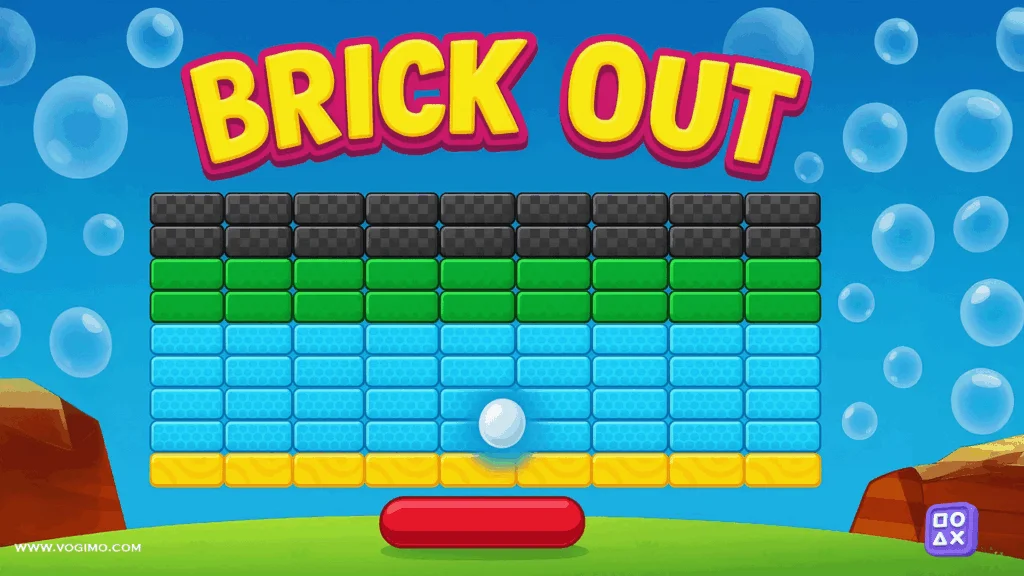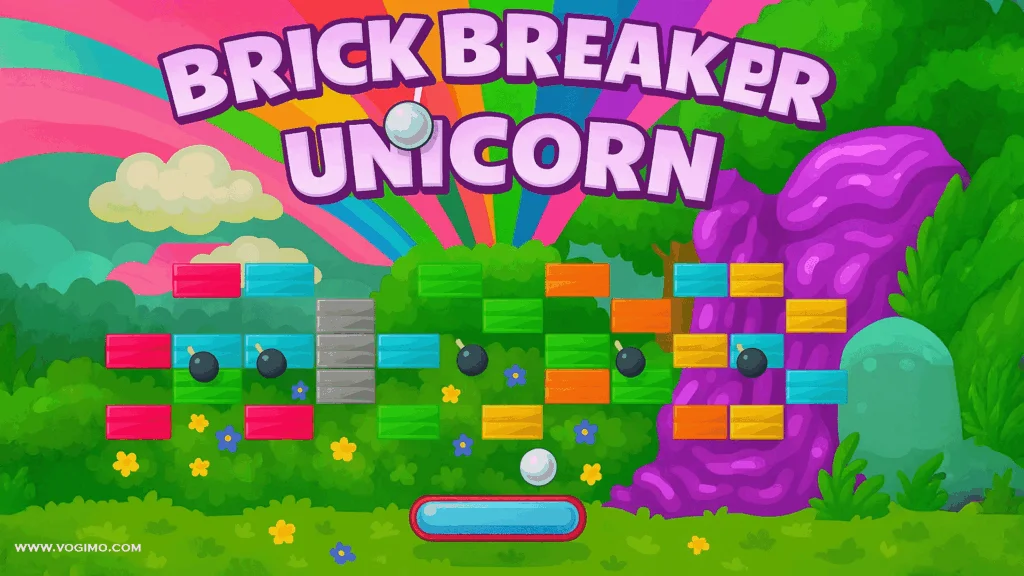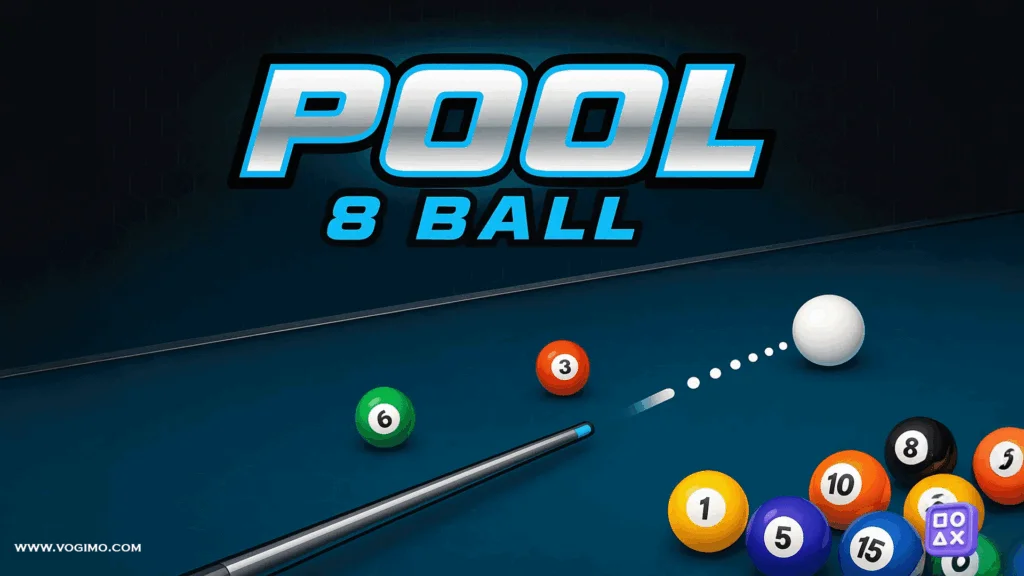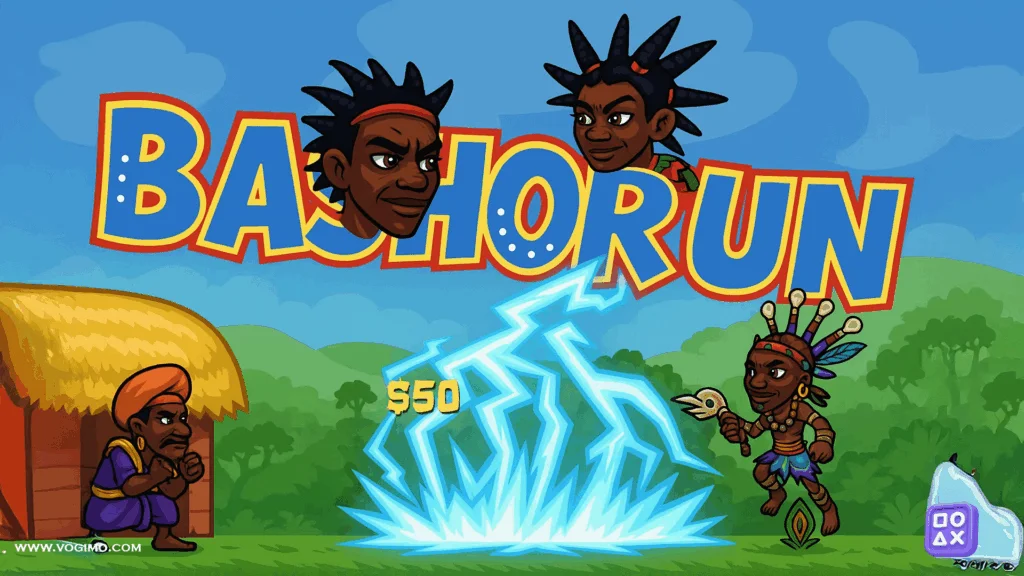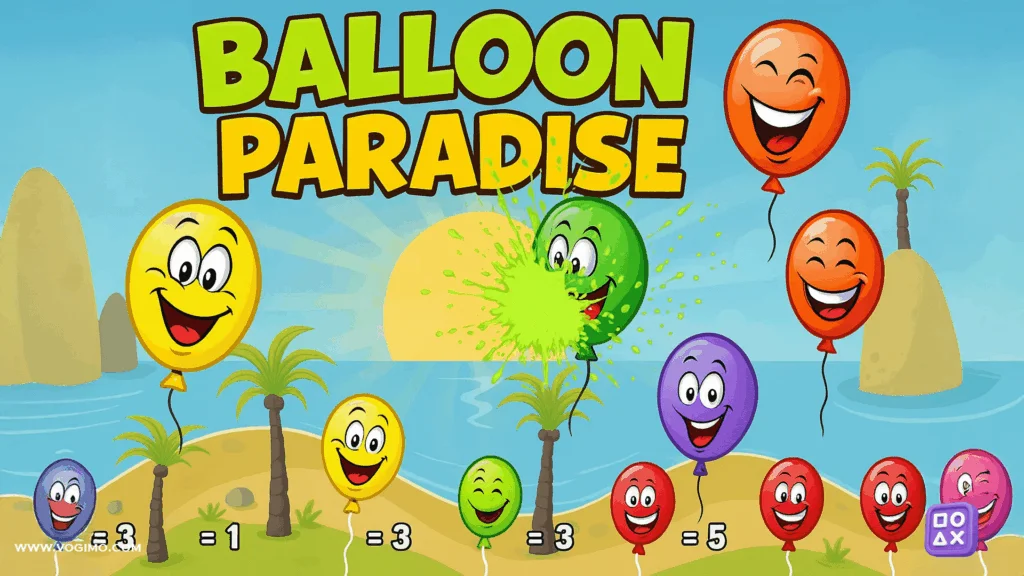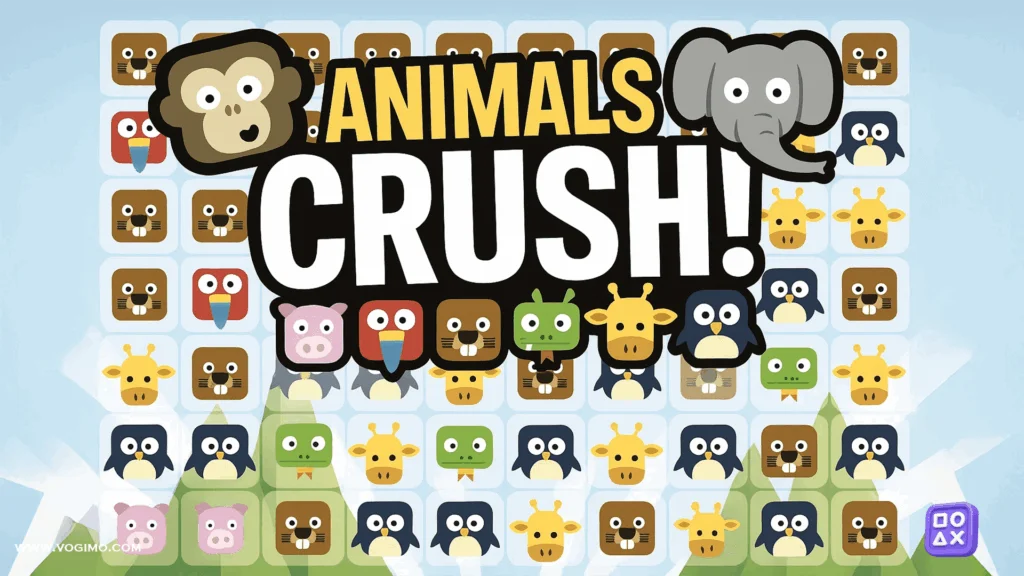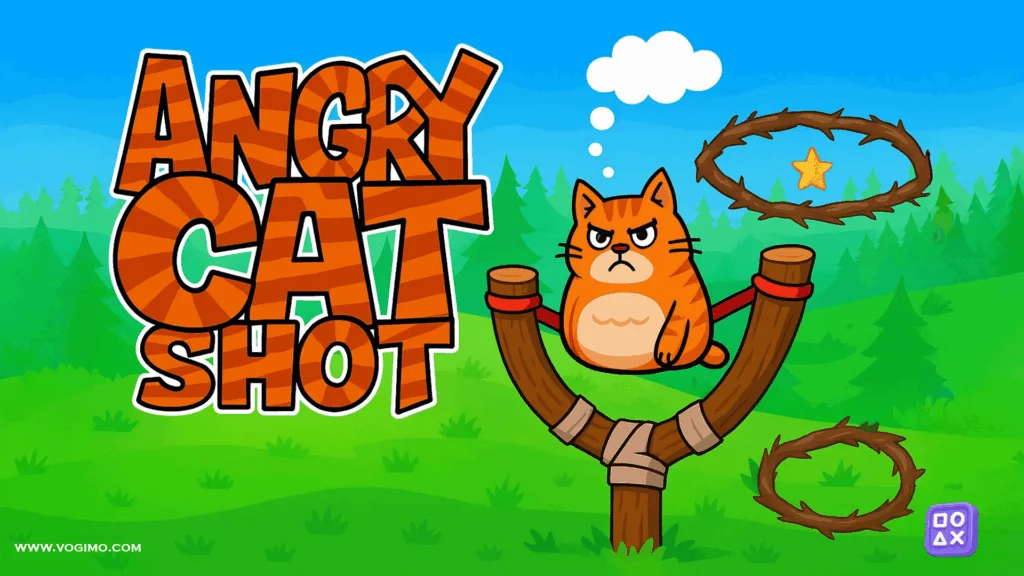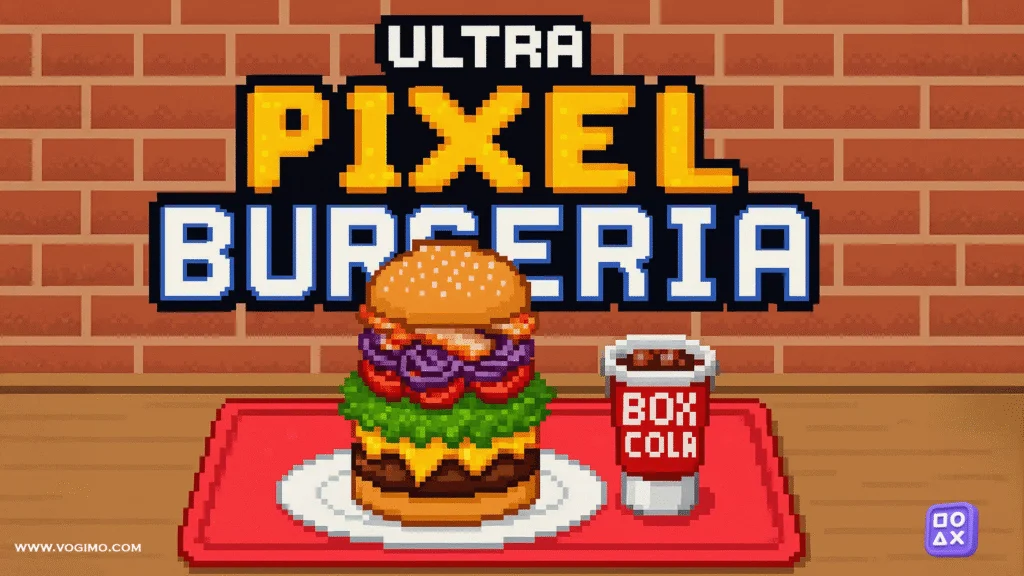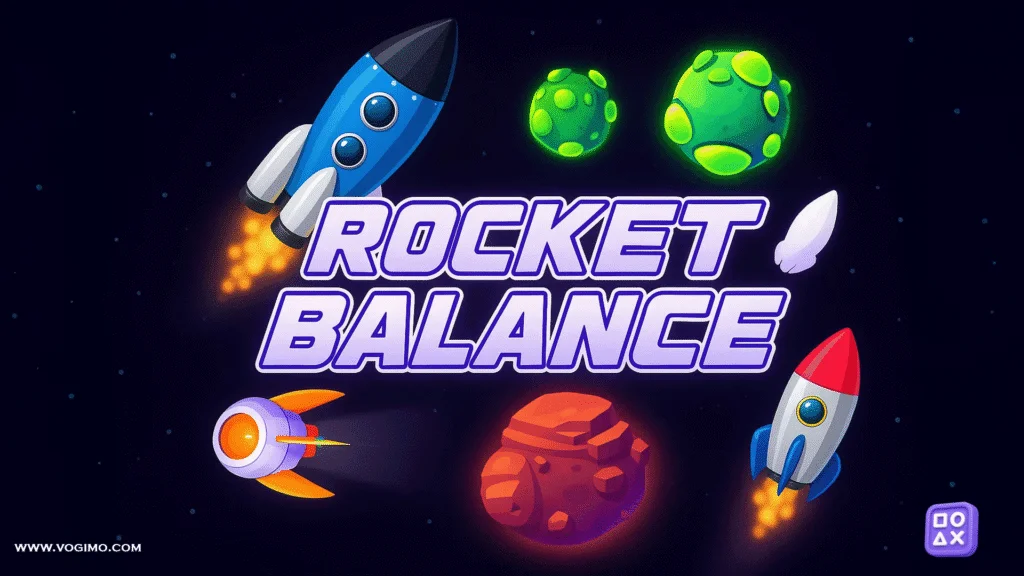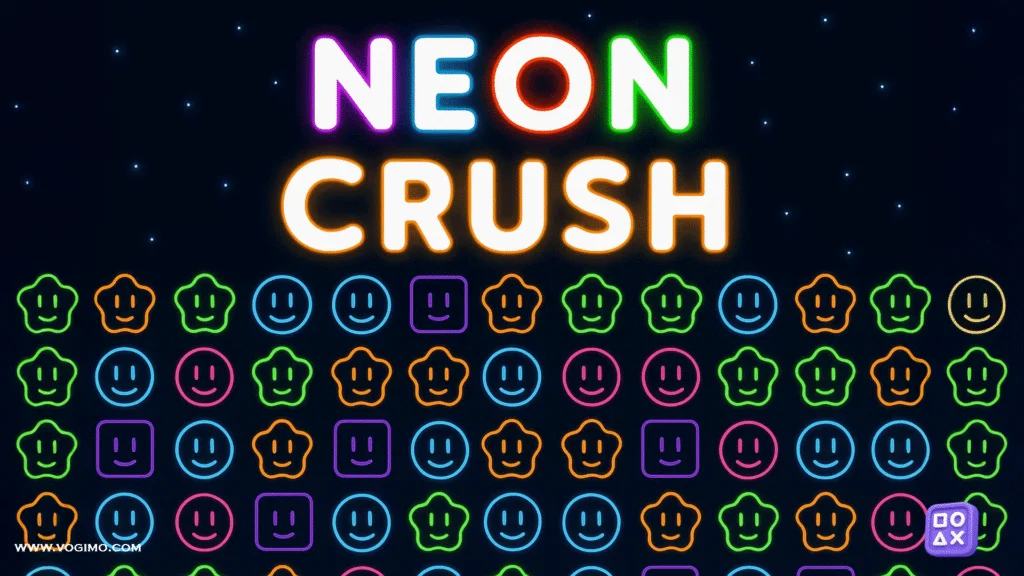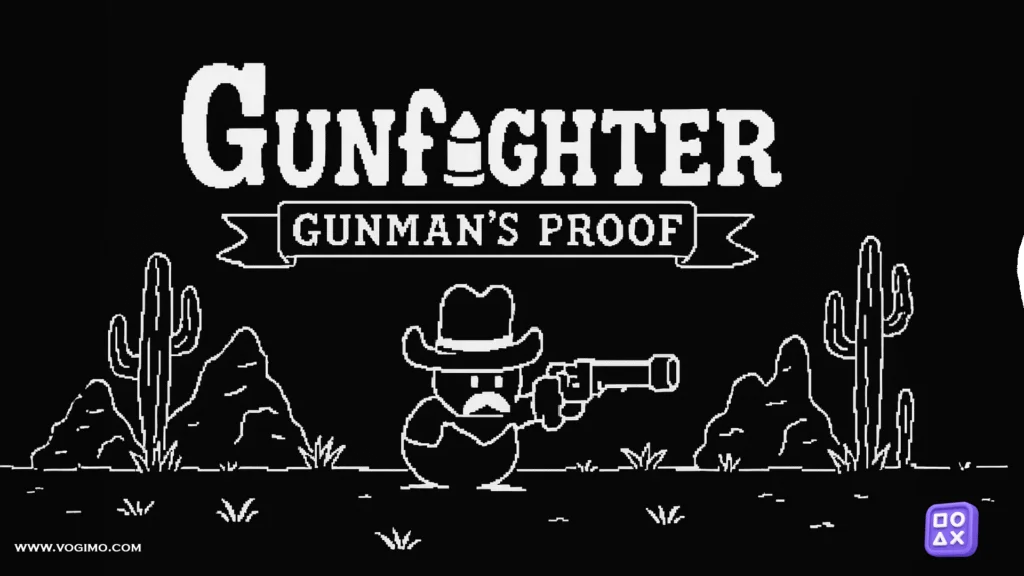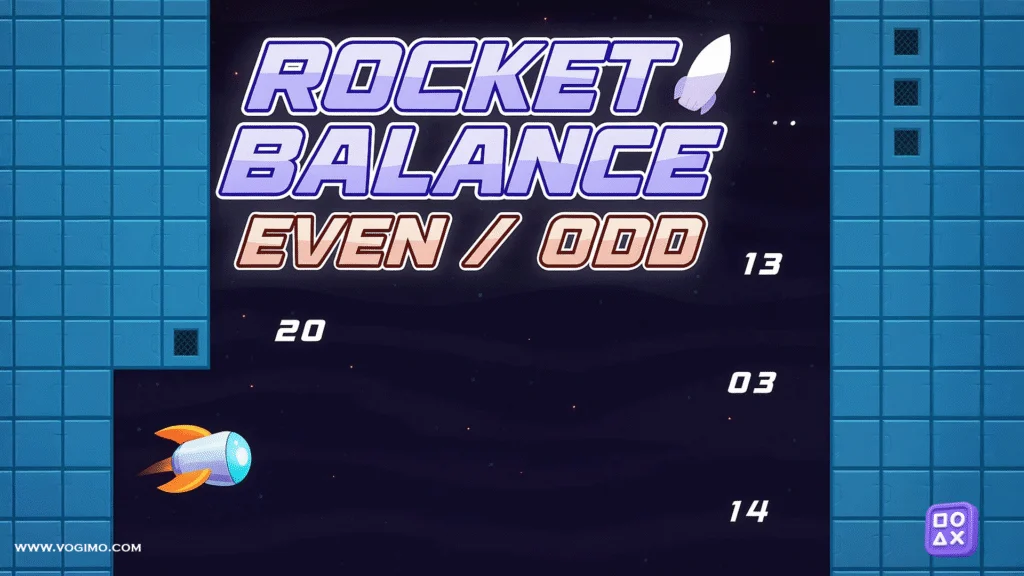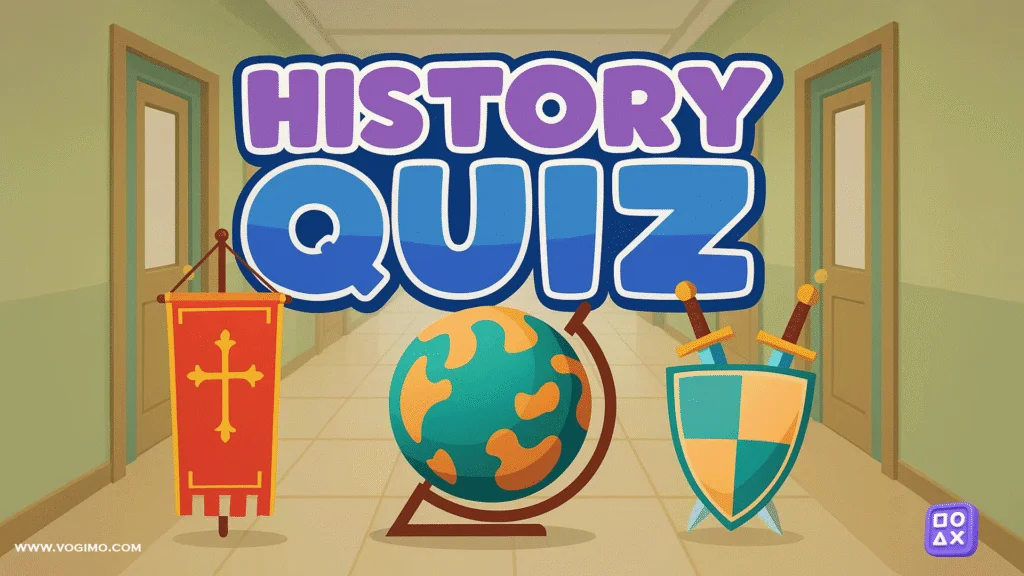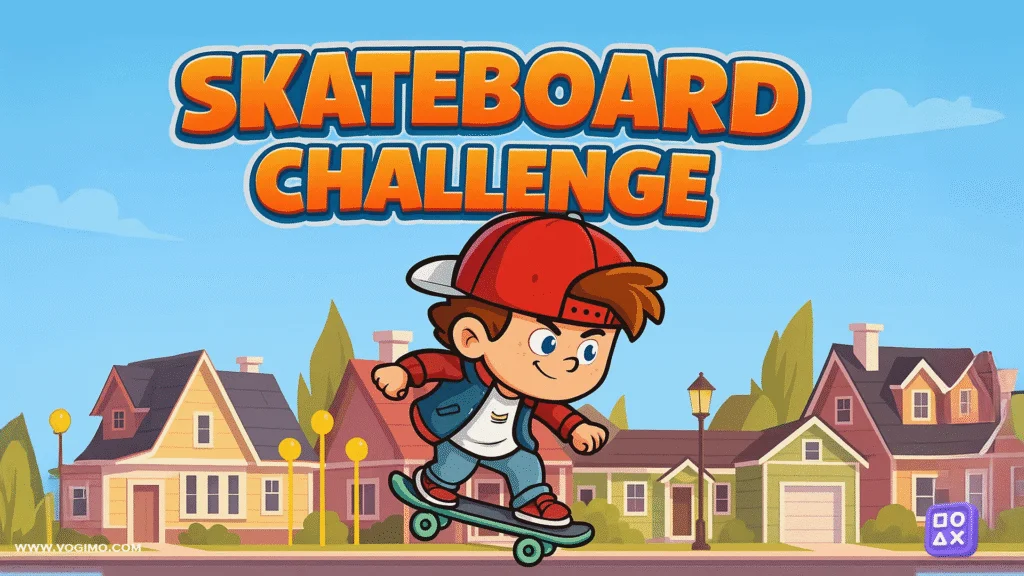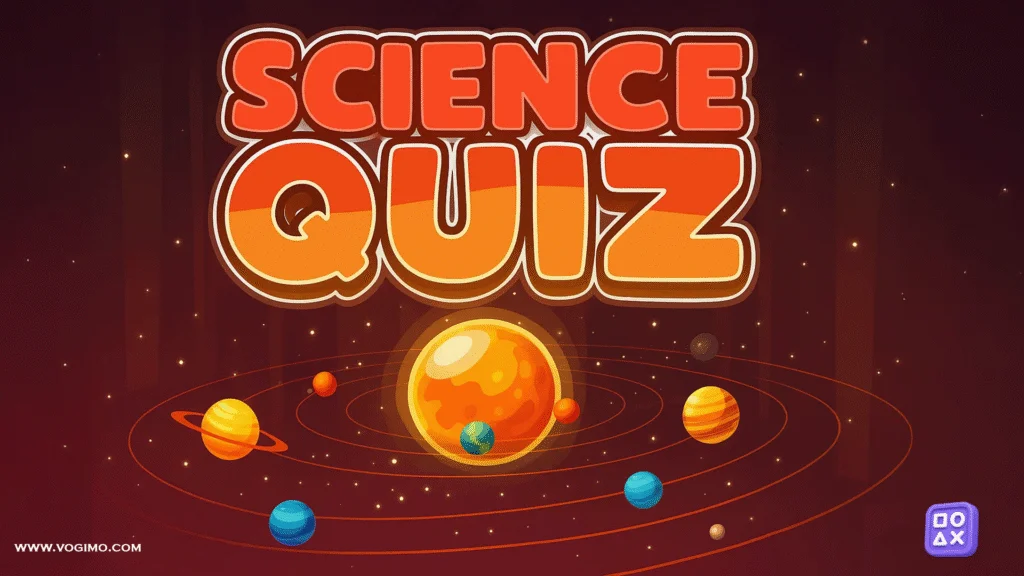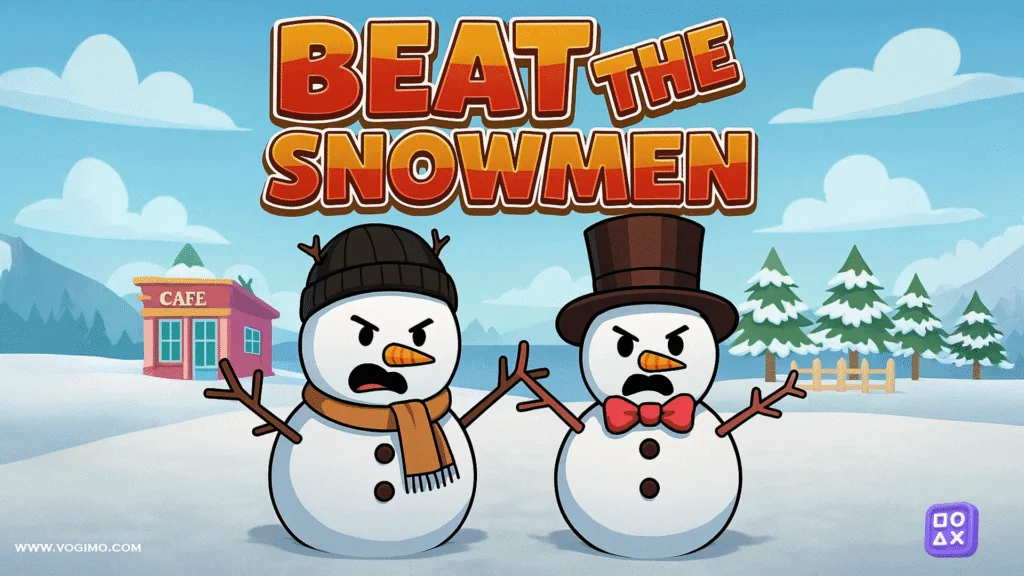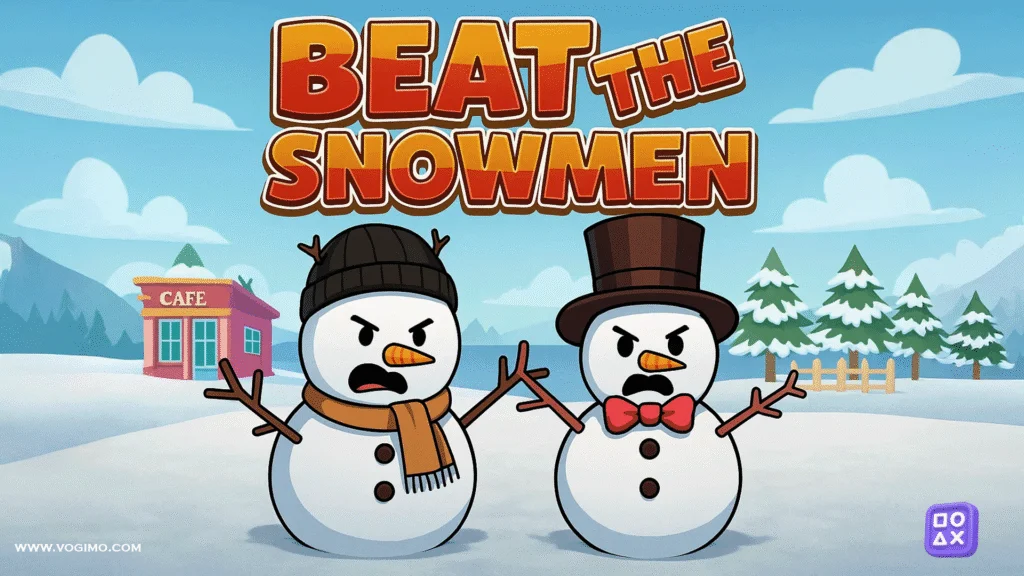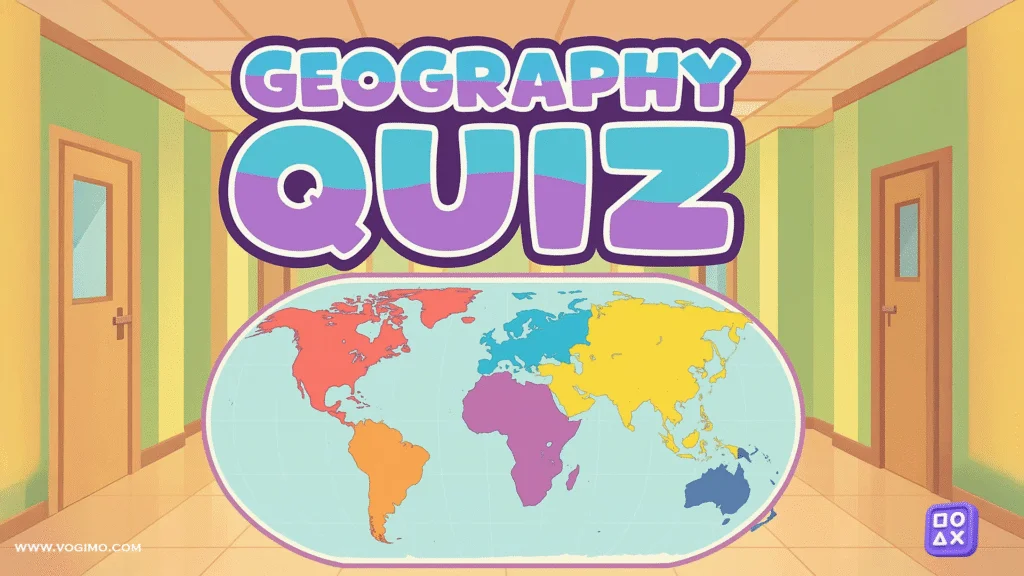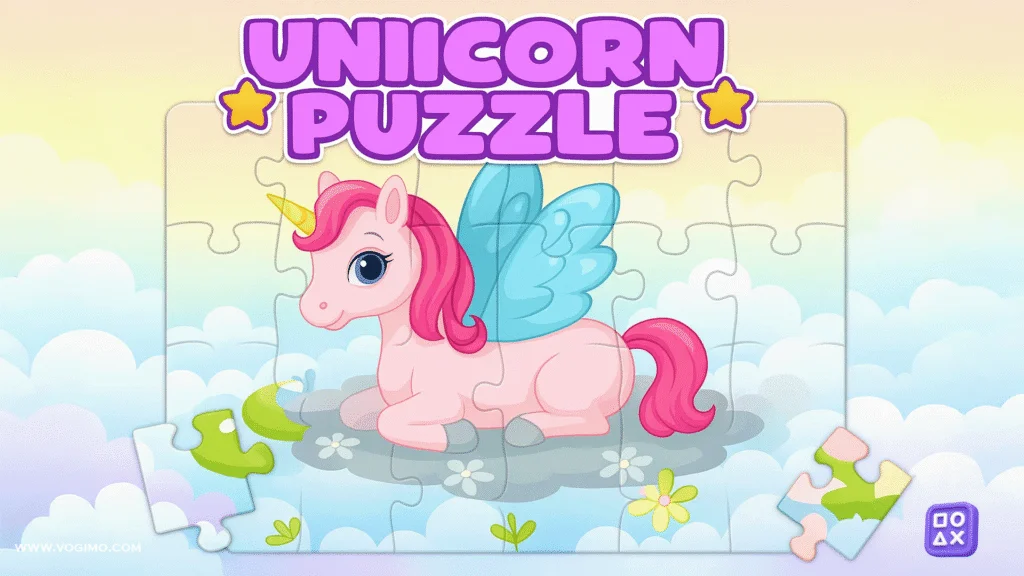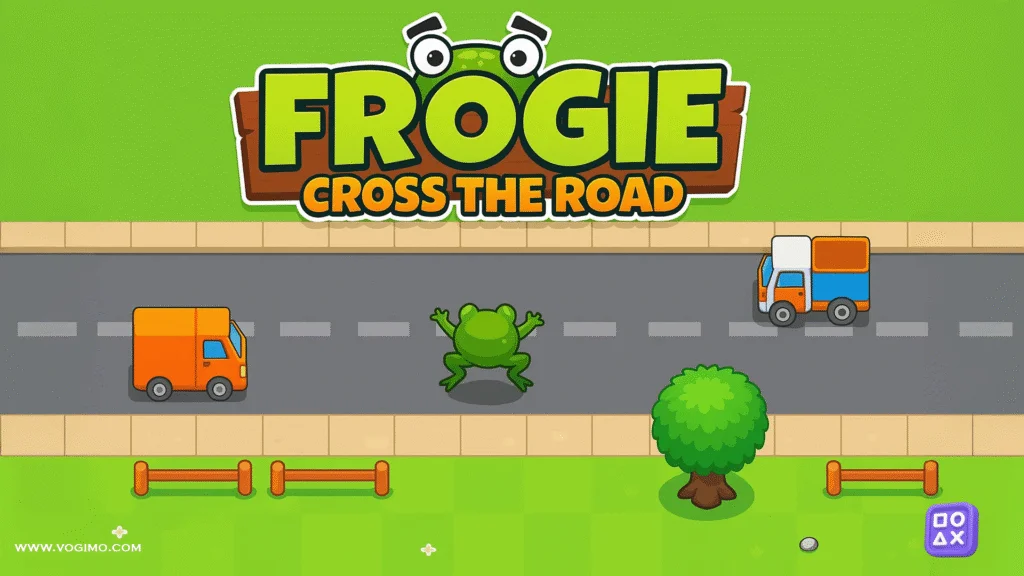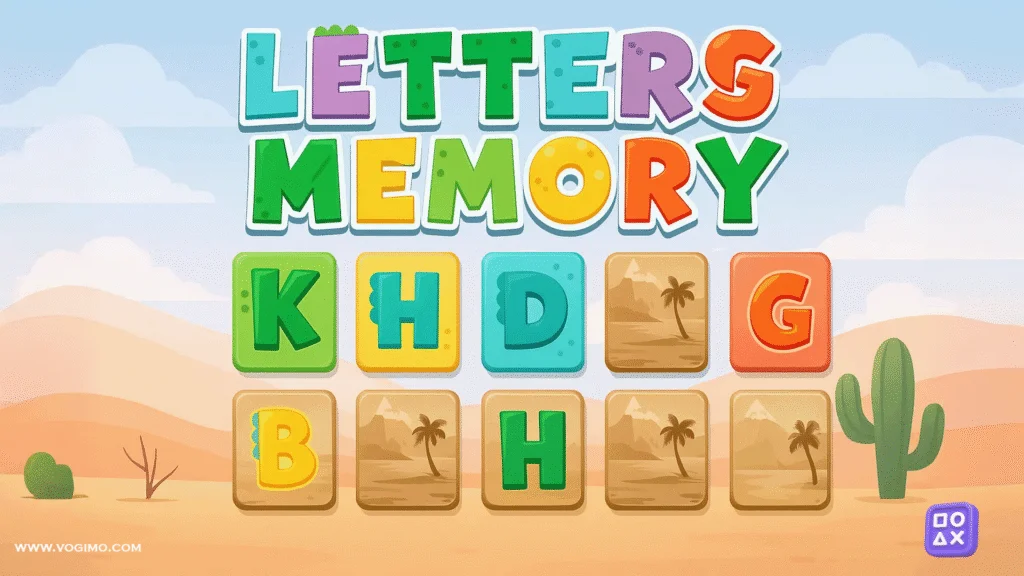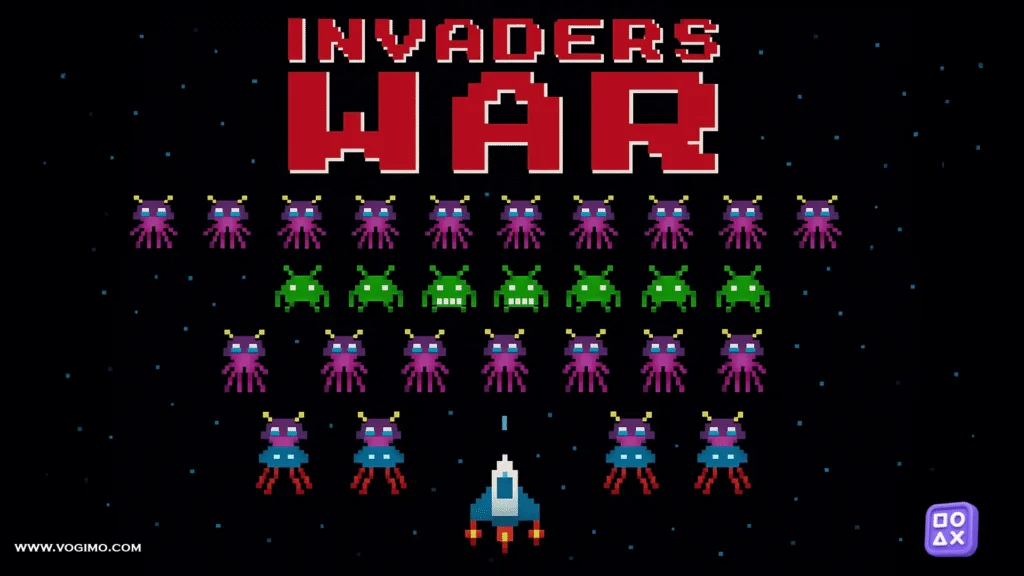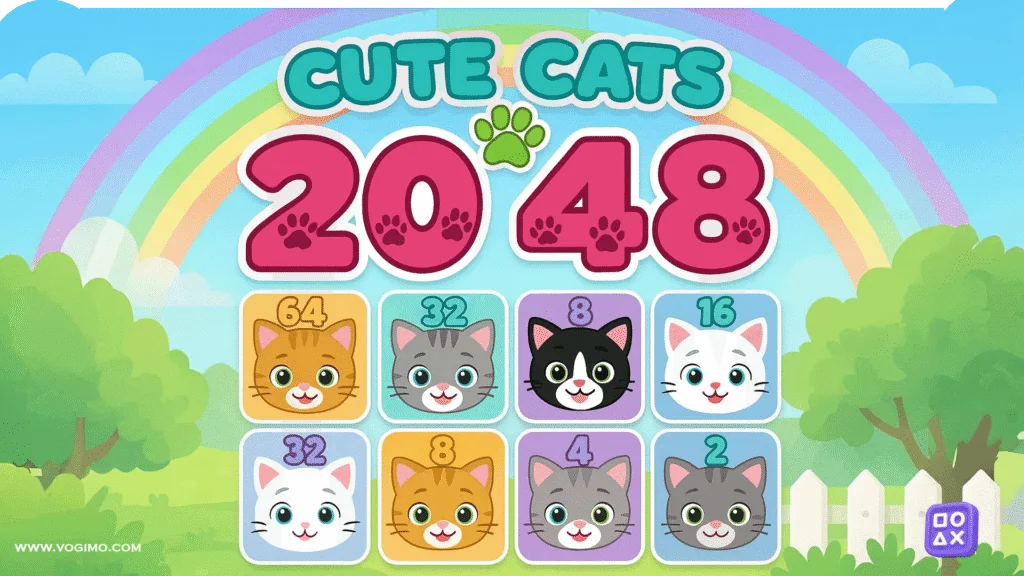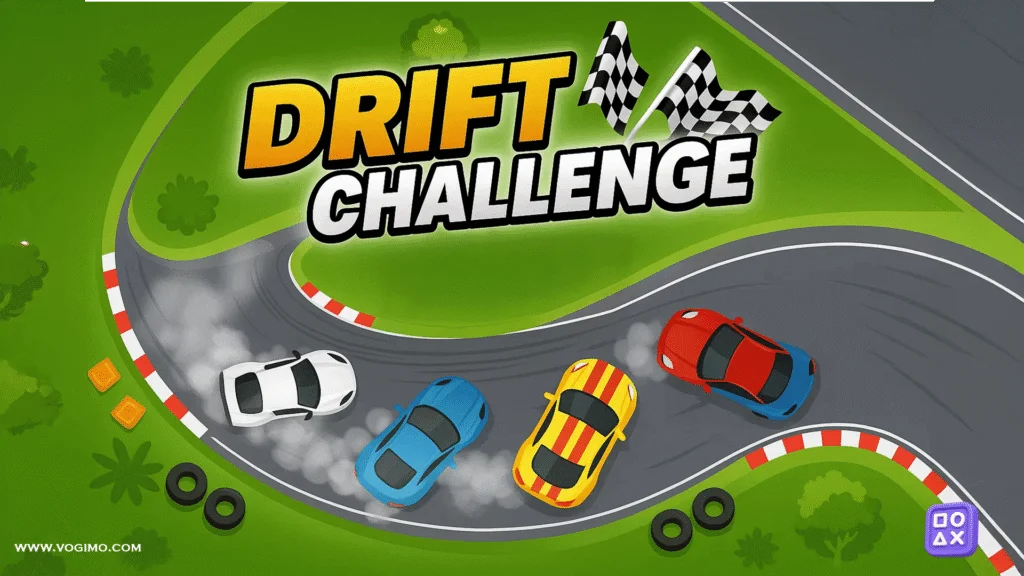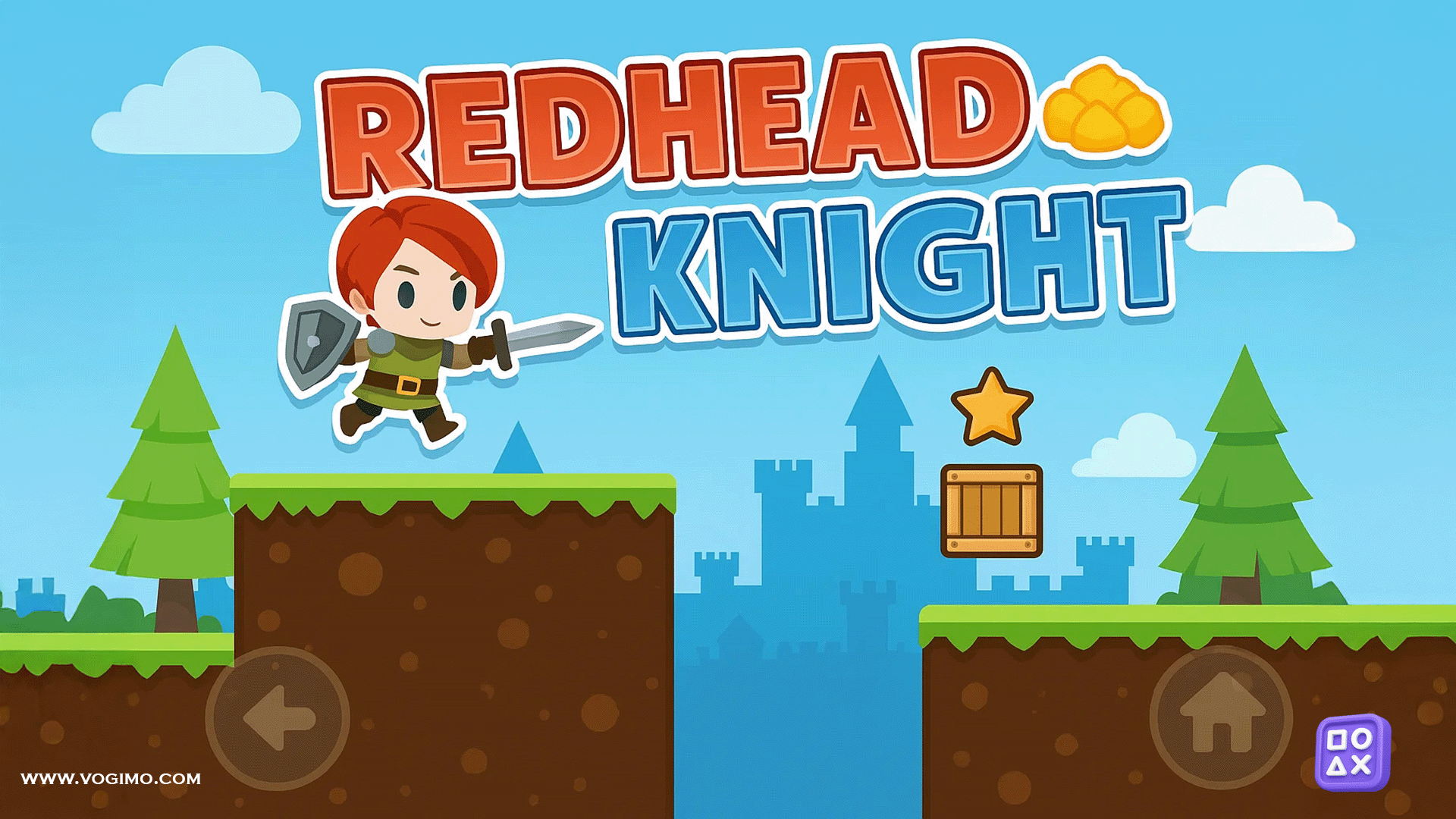At a glance, Redhead Knight Game looks like a cozy throwback: big colors, friend-shaped monsters, a village in need, and a young hero named Arthur whose hair matches his cape. Two jumps in, it becomes something else still friendly, yes, but stricter about timing than the playful palette suggests. Platforms shift just as you land. Enemies wander in tidy loops until you get cocky, then nudge you off a ledge. Across 15 levels split into 3 themed worlds, you’re nudged from “hop and hope” toward deliberate routes: watch a patrol, count a moving platform’s beat, then commit. When it clicks, you get that old-school satisfaction of solving a screen with your thumbs.
CONTROLS:
Desktop:
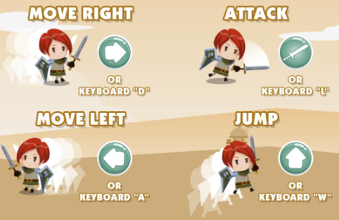
Mobile Devices: Use mobile touch buttons
Arthur’s kit is lean on purpose. You move, you jump, you strike no twelve-button chains, no crafting menu arguing back. That restraint is part of the appeal. It also means the difficulty lives in the layout. Forest stages teach patience (wait a half-beat before you leap); desert zones reward momentum and well-timed midair course corrections; the later world likes trickier enemy stacks where an overzealous swing can bounce you backward. I caught myself whispering “one more try” at a snow-covered gap that, frankly, didn’t look hard until it was.
Quick tips to score high (and keep your cool)
- Scout, then sprint. Walk the first screen of a new level, clock patrols and platform timing, then make a clean second pass.
- Tap jump, don’t hammer it. Short hops give you finer control and save you from ceiling bumps that kill momentum.
- Hit on the rise. Attacks during the first half of a jump tend to land safer than swings on the way down.
- Bank lives for the back half. Early sections feel generous; play tight so you’ve got wiggle room later.
- Use enemy cycles. Most foes loop in threes. Count “one-two-three go,” and you’ll slip through gaps reliably.
Common mistakes (and fixes)
- Overjumping small gaps → You’re holding jump too long. Fix: feather the button; think “tap-tap,” not “press.”
- Trading hits at ledges → Knockback does the real damage. Fix: wait half a beat so the enemy steps away from the edge, then strike.
- Ignoring vertical routes → Many screens hide ladders or spring tiles off the main line. Fix: glance up/down before you commit to a long run-up.
- Panicking on moving platforms → Rushing invites mistimed landings. Fix: ride one full cycle to feel the speed, then go on the next pass.
- Restarting too late → Salvaging a scuffed run drains focus. Fix: if you botch two beats in a row, reset and protect the rhythm.
Fast facts
- Genre: 2D side-scroller (classic platforming feel)
- Structure: 3 worlds, 15 levels total
- Difficulty curve: Friendly start; tighter timing in the final third
- Best for: Players who like clean controls, pattern reading, and short “one more” loops
- Play style: Route learning over combat mastery
FAQ
Do I need to defeat every enemy?
No. In many levels, the safer “speed line” is to skip optional fights. The score chase comes from clean movement more than brawling.
Is it kid-friendly?
Generally, yes—bright visuals, readable hazards. Later stages do demand sharper timing, so younger players may appreciate a co-pilot for tricky jumps.
Any big difficulty spikes?
A few screens hide hazards just off-camera. After the first surprise, they’re predictable. Take one slow scouting run and you’ll be fine.
Controller or keyboard?
Either works. If you have a gamepad, the d-pad’s discrete inputs make short hops easier; on keyboard, bind jump to a comfortable key you won’t fat-finger.
How long does it take to finish?
Depends on how perfectionist you are. A casual clear might take an evening; 100% egg/coin routes (if you chase them) will keep you replaying.
Inside link
Craving more tight, read-the-screen platformers? Check our Action Games. For something gentler but still side-scrolling, try the Army Games.
Redhead Knight Game works because it remembers why the genre landed in the first place. It’s not trying to be a sprawling epic. It’s a small quest with crisp jumps, fair patterns, and just enough bite to make the victory screen feel earned. When Arthur plants his boots on that final platform and the village theme flares, you get the quiet little payoff you came for—the one that says, you learned the level, not just the buttons.



